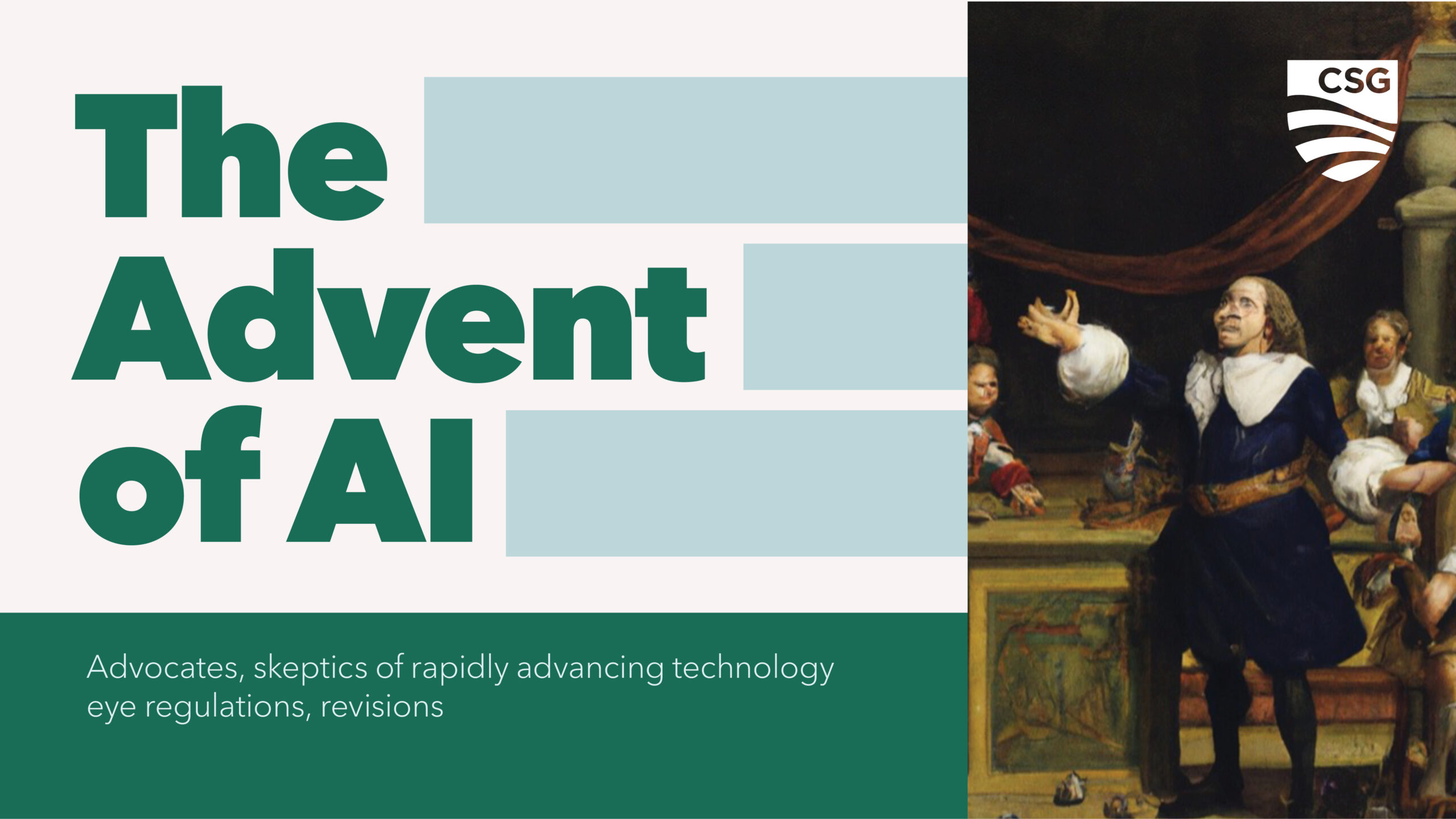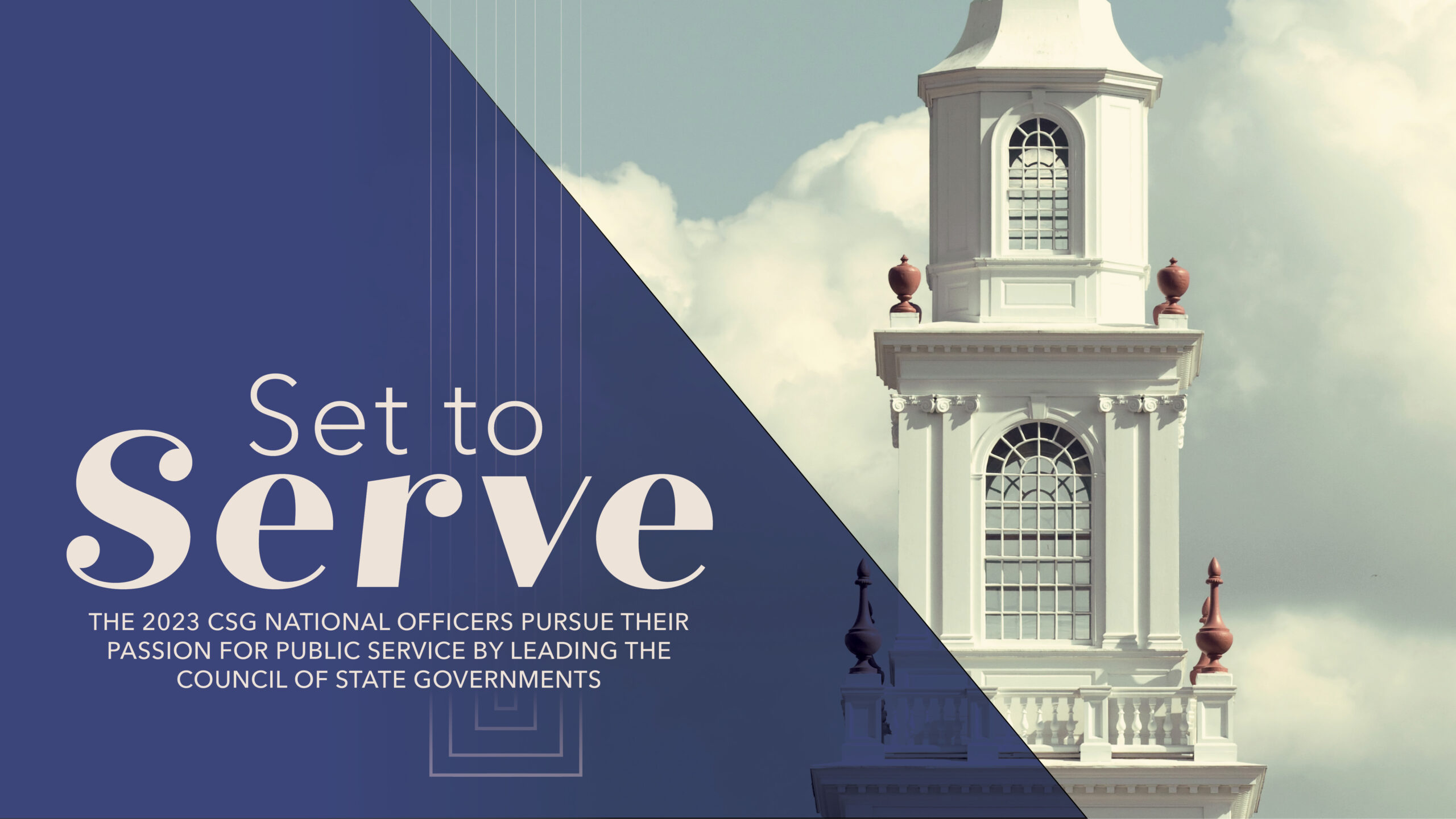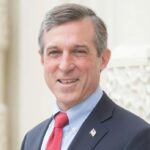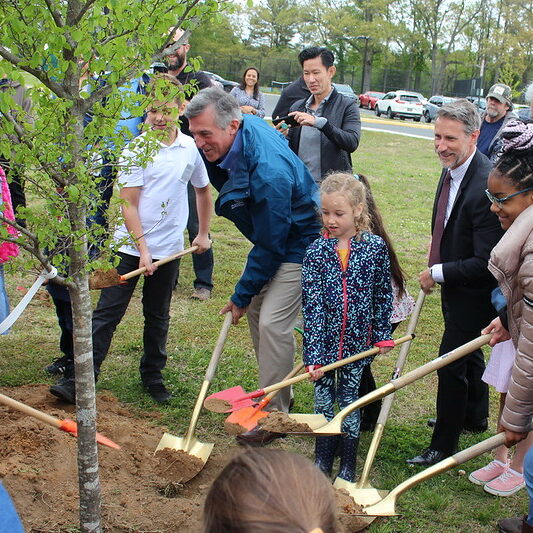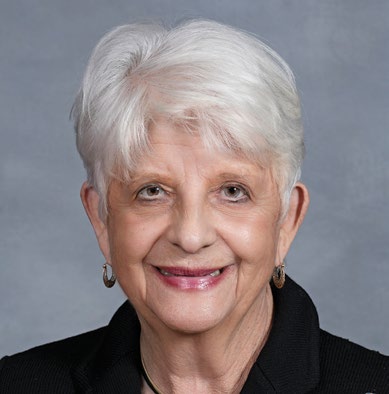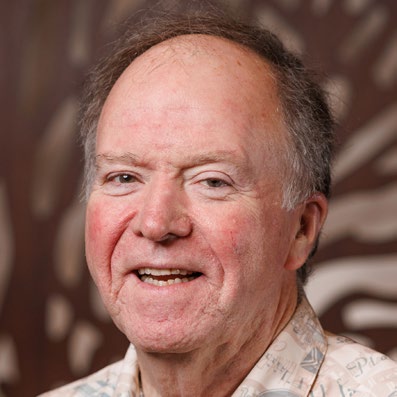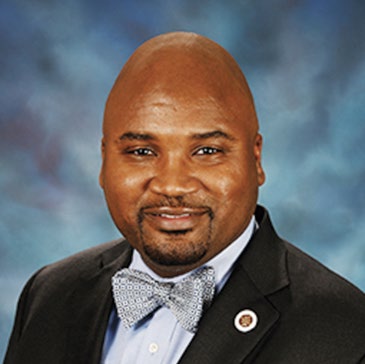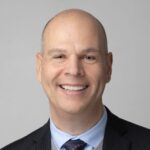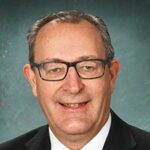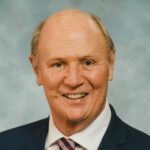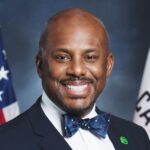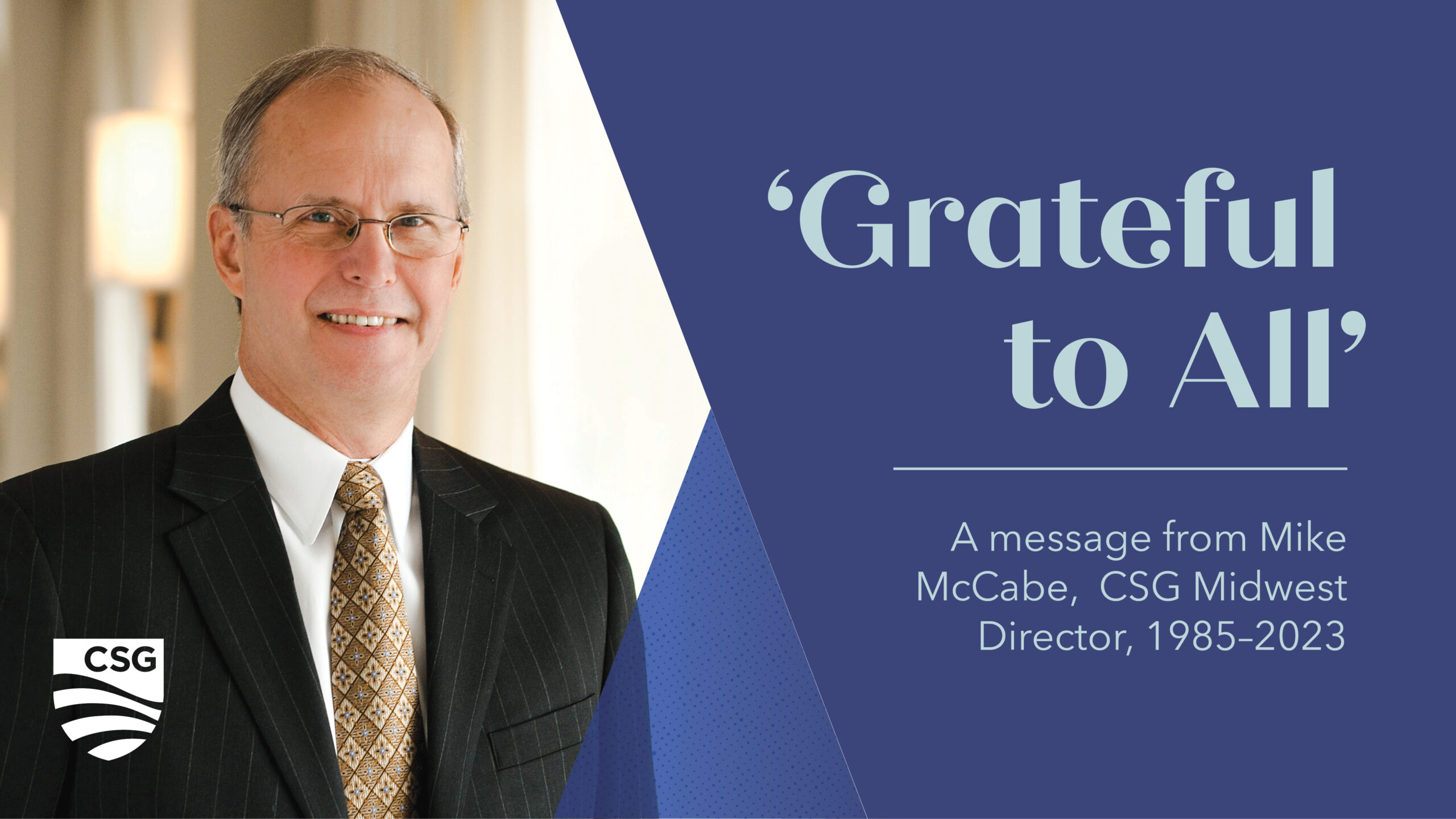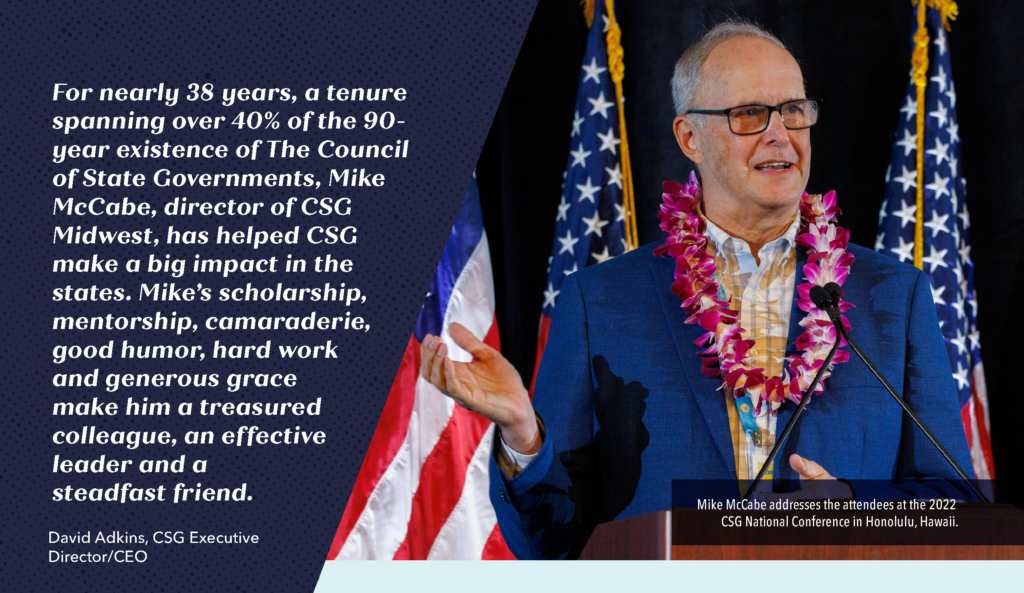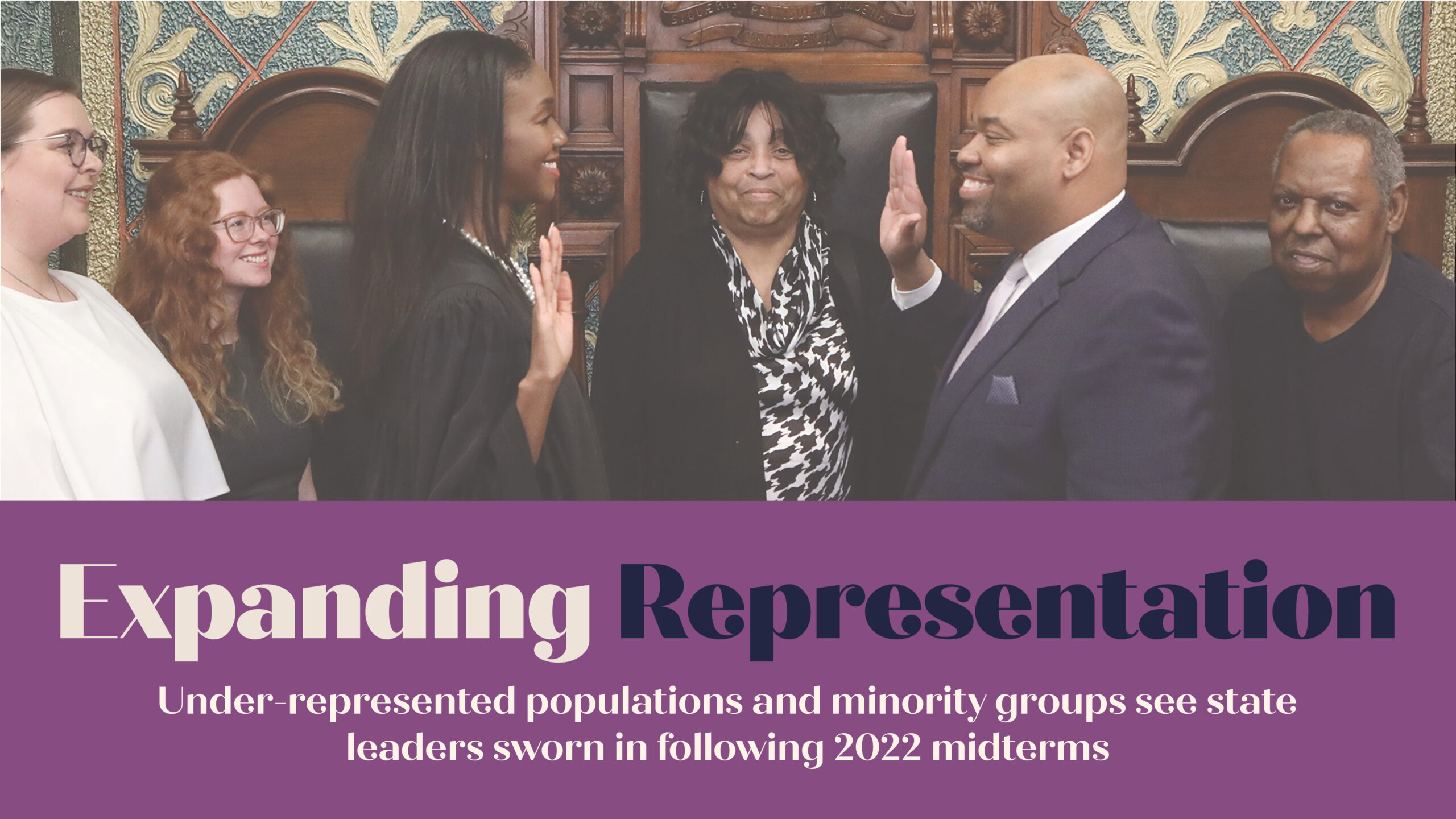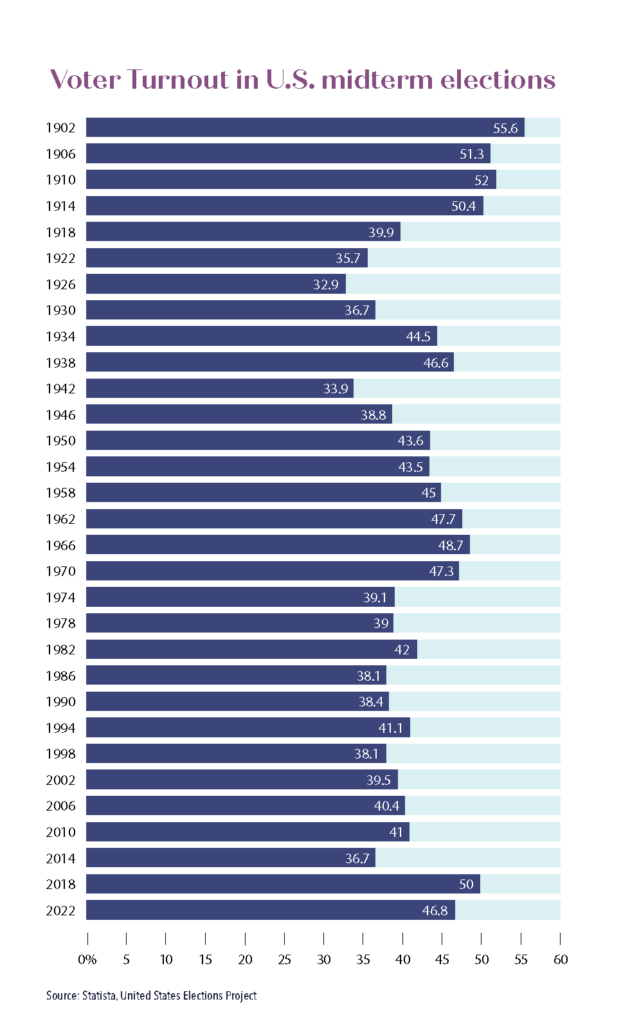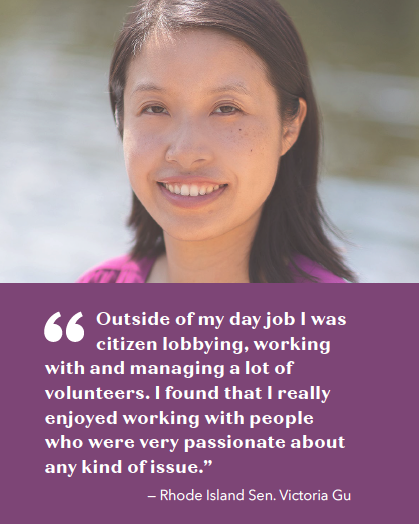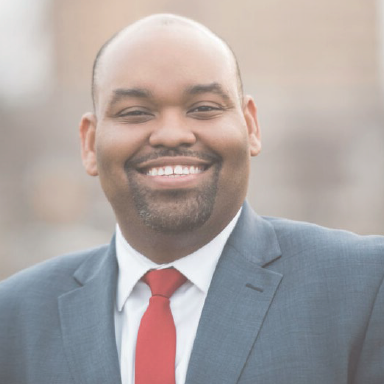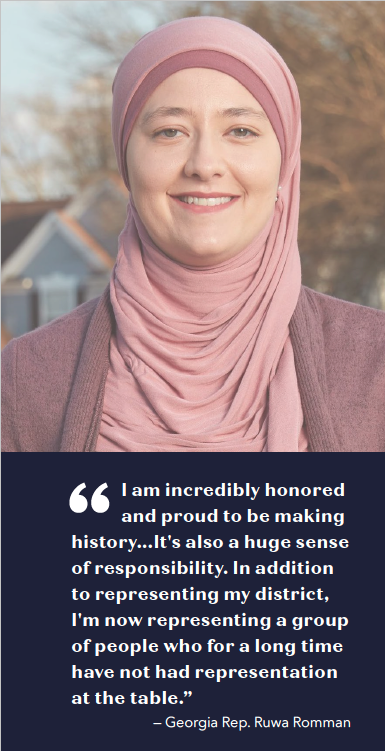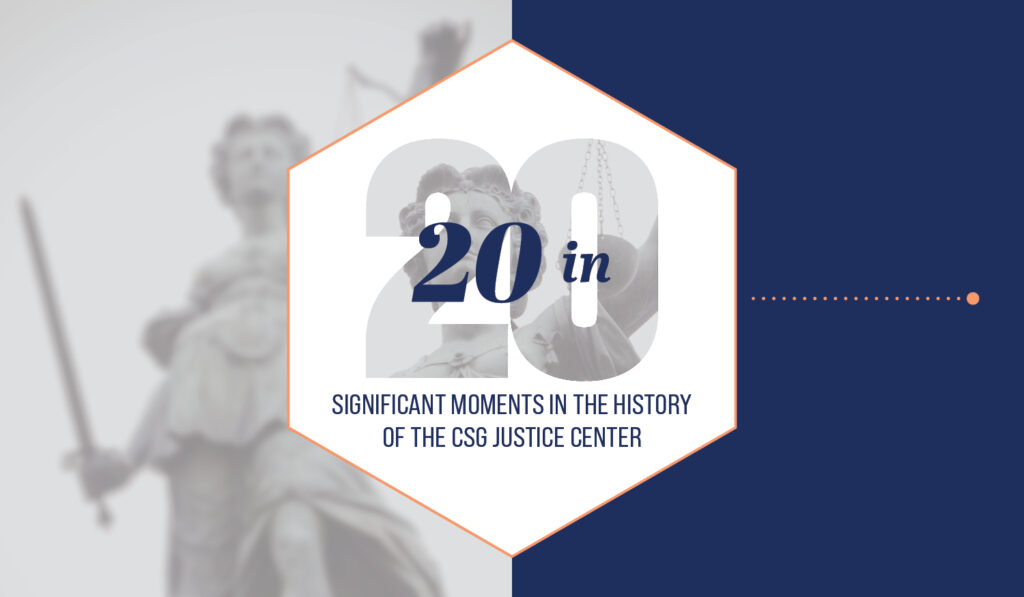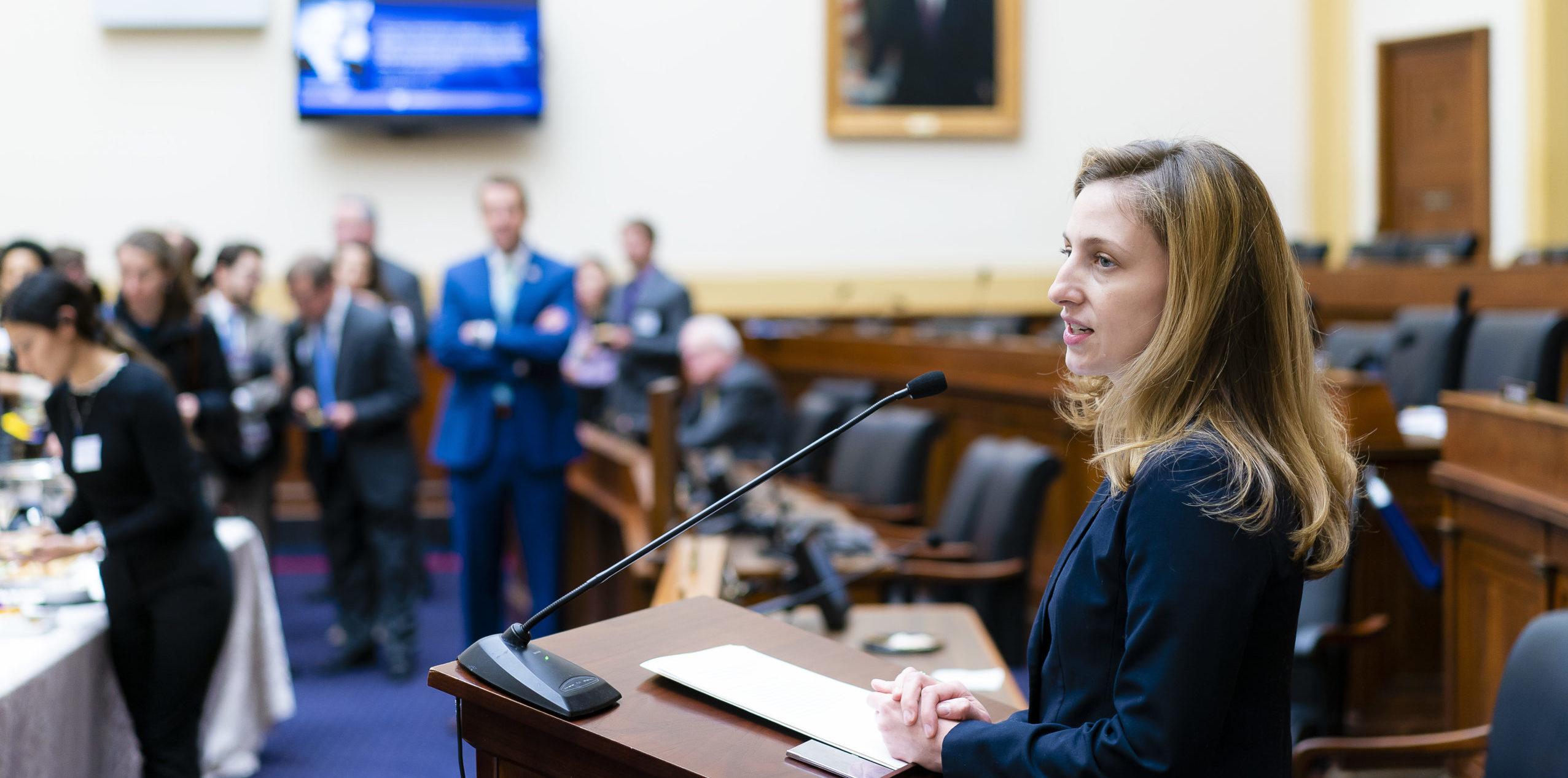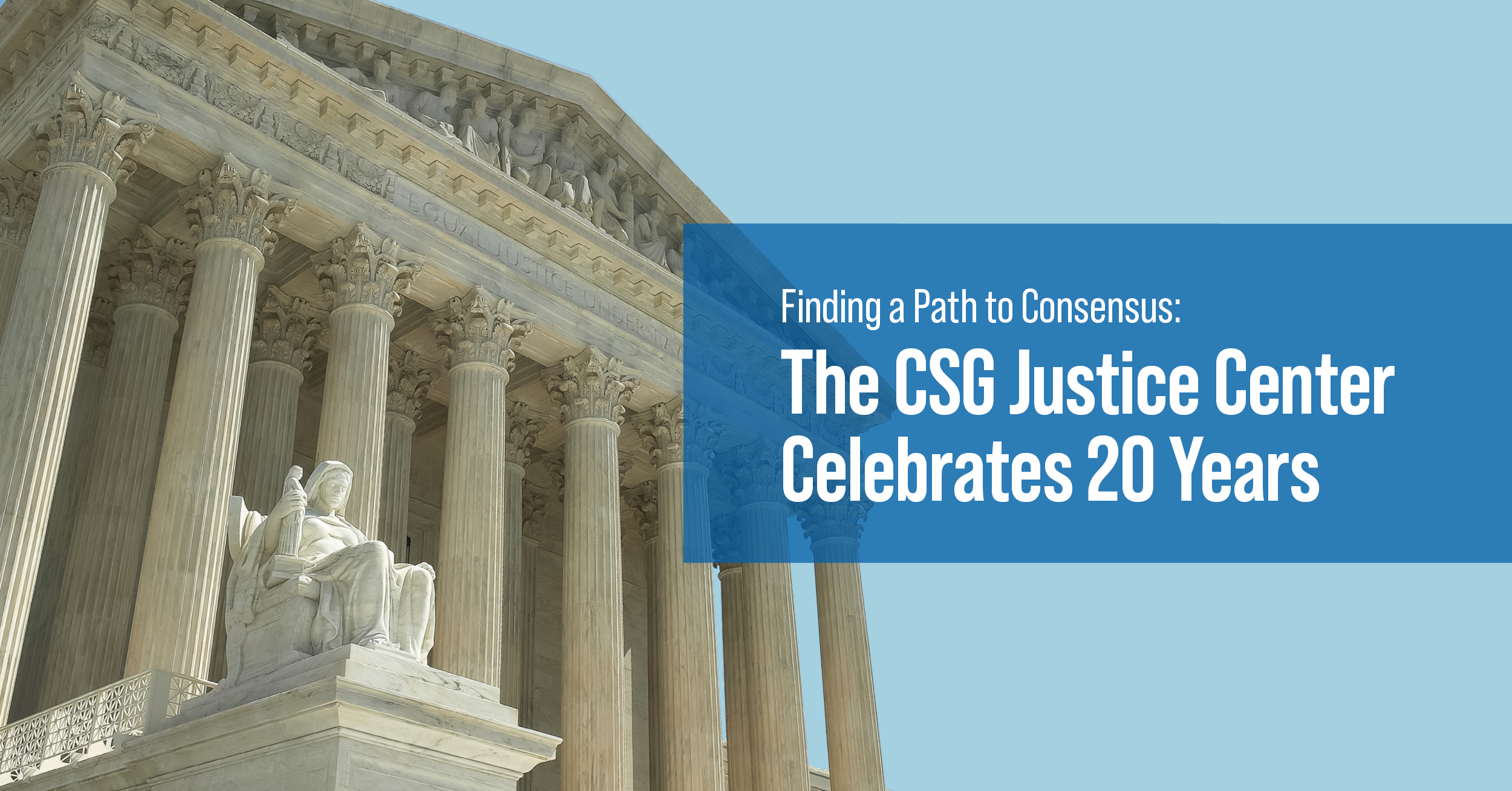Learn how The Council of State Governments works for you
Welcome to The Council of State Governments and our very best wishes to you as you take on this important role in publics service. Here at CSG, we know the monumental tasks that you’ll face and how important the impact of your work will be. Don’t worry, we’re here to help. At CSG, we work for you; our priorities are determined by state officials, and we hope you come to think of CSG as part of your team.
CSG is America’s largest organization of state officials and the nation’s only nonpartisan, nonprofit organization serving all three branches of state government. Founded in 1933, CSG is a region-based forum that fosters the exchange of insights and ideas to help state officials shape public policy.
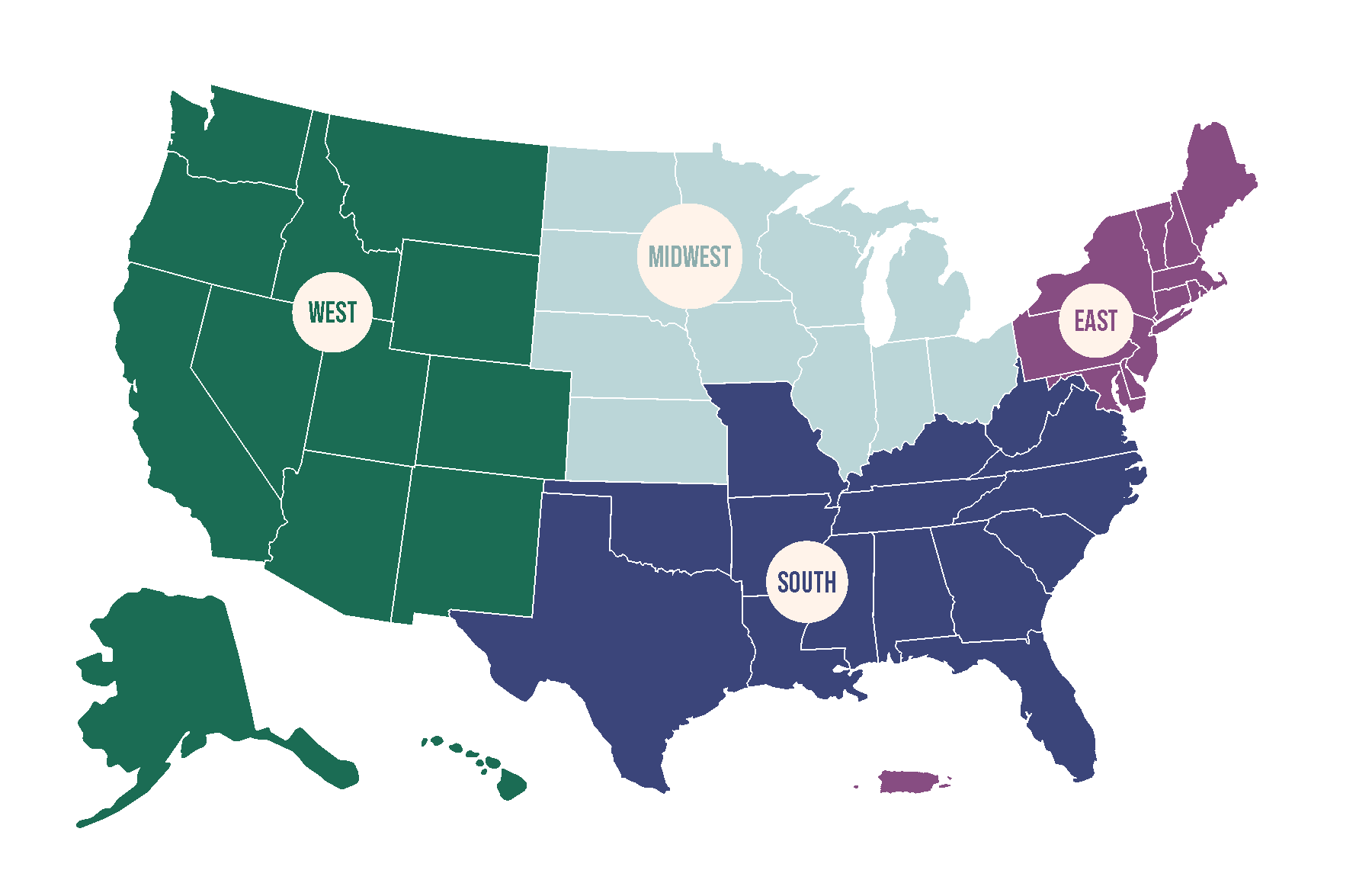
CSG NATIONAL
The CSG national office, located in Lexington, Kentucky, houses research, public policy, publications and special initiatives through partnerships with the federal government and other community and research organizations that foster collaboration and community between elected and appointed officials from across the country and the six U.S. territories. At the CSG national headquarters, staff work within the Center of Innovation, home to all public policy analysis, research and grant projects, and the National Center for Interstate Compacts as well as on national initiatives including CSG Capitol Ideas magazine, the CSG Henry Toll Fellowship and the CSG 20 Under 40 Leadership Award. Learn more at csg.org.
CSG REGIONS
CSG East | CSG Midwest | CSG South | CSG West
Regional by design, these offices across the U.S. allow state officials to connect on shared issues that are geographically based, including federal lands, water rights, agriculture, border relations and more. CSG regional offices also host conferences, in-state visits and leadership development programs that allow officials to network regionally. The regional offices incorporate the CSG Eastern Regional Conference, CSG Midwestern Legislative Conference, the CSG Southern Legislative Conference, and CSG West.
CSG JUSTICE CENTER
The CSG Justice Center brings together state and local officials along with subject matter experts to discuss challenges and best practices in policy areas directly related to issues of public safety and justice. Learn more at csgjusticecenter.org.
Look Ahead to What CSG Has Planned for 2023!
CSG NATIONAL CONFERENCE
Dec. 6-9 | Raleigh, North Carolina
Each year, CSG hosts its national conference to bring together hundreds of state leaders from across the U.S., the U.S. territories and Canada. The CSG National Conference spotlights national public policy priorities through interactive sessions designed to engage officials from all three branches of government.
HENRY TOLL FELLOWSHIP
Aug. 16-20 | Lexington, Kentucky
Named for CSG Founder Henry Wolcott Toll, this fellowship is the nation’s premier leadership development program for state government officials. The Toll Fellowship brings together 48 of the nation’s top state government officials from all three branches of government for an intensive week-long course. Application deadline is May 1. Apply or nominate here: CSGOVTS.INFO/TOLLS.
NEW LEGISLATIVE LEADERS ACADEMY
June 14-16 | Chicago
Recognizing its strength in establishing peer networks among leaders, CSG will provide a new professional and leadership development experience for legislative leaders. The New Legislative Leaders Academy educates participants on the legislative institution, separation of powers, ethics and civility.
MEDICAID POLICY ACADEMY
Sept. 18-22 | Washington, D.C.
In 2023, the Medicaid Policy Academy will combine the Medicaid 101 Policy Academy and the Medicaid Leadership Academy into a two-part, five-day program to provide leadership development through policy analysis for state legislators. In two separate classes, this program will bring together 30 state administration and legislative officials who are engaged with health care policy for a dive into the policy and conversations surrounding governing Medicaid programs.
CSG 20 UNDER 40 LEADERSHIP AWARD
This annual honor recognizes the work of 20 up-and-coming elected and appointed officials from across the country who demonstrate the ability to work across the aisle in meaningful ways relevant to the CSG mission of helping states advance the common good. Apply or nominate a leader by Aug. 1 here: WEB.CSG.ORG/20-40.
REGIONAL ANNUAL MEETINGS
The CSG regional annual meetings are signature events convened each summer by the CSG regional offices. Each event is unique to its region and brings together state policymakers of all levels and branches, from those just finishing their freshman sessions to Senate presidents and speakers of the House. Each meeting includes programming that features strong host state pride, enriching public policy discussions and leadership development trainings.
CSG EAST/EASTERN REGIONAL CONFERENCE
Aug. 20–23, Toronto, Ontario
CSG MIDWEST/MIDWESTERN LEGISLATIVE CONFERENCE
July 9–12, Detroit
CSG SOUTH/SOUTHERN LEGISLATIVE CONFERENCE
July 8–12, Charleston, SC
CSG WEST
Aug. 1–4, Universal City, CA
Want to learn more about how CSG works for you and discover ways to get involved in this nonpartisan organization of state officials? Visit csg.org/new-members.
DID YOU KNOW
The CSG National Headquarters office is located in Lexington, Kentucky. CSG has regional offices in New York City, Atlanta, Chicago and Sacramento, California. It also has an office in Washington, D.C., and the CSG Justice Center in New York City.
The Council of State Governments began in October 1933 when a small group of state legislators gathered in a room at the Penn Harris Hotel in Harrisburg, Pennsylvania. CSG founder Colorado state Sen. Henry Toll was meeting with the Board of managers of the American Legislators Association, a group he founded in 1925. One of Toll’s first items of business was to compile a list of all 7,500 state legislators in the country, a roll that did not exist until he put one together.
Regional Leadership Programs
BOWHAY INSTITUTE FOR LEGISLATIVE LEADERSHIP DEVELOPMENT (BILLD)
Aug. 18-22 | Madison, Wisconsin
BILLD is a five-day leadership training program designed for lawmakers of the Midwestern Legislative Conference’s 11 member states. The program offers newer legislators an opportunity to improve their leadership skills, explore ongoing issues, and connect with nationally renowned scholars, professional development experts, and legislative leaders and colleagues from across the region. CLICK TO LEARN MORE.
EASTERN LEADERSHIP ACADEMY (ELA)
Aug. 27-31 | Philadelphia
Each year, 30 state and provincial officials from the 18 CSG Eastern Region member jurisdictions gather in Philadelphia for the Robert J. Thompson ELA. This select group of state officials from all three branches of government receives training to enhance their leadership and communication skills from a variety of experts in media, education and government. CLICK TO LEARN MORE.
CENTER FOR THE ADVANCEMENT OF LEADERSHIP SKILLS (CALS)
Oct. 15-19 | Nashville, Tennessee
CALS is a five-day workshop bringing together 30 elected or appointed officials from Southern Legislative Conference member states in a strictly nonpartisan environment. Selected CALS scholars participate in activities and instruction focusing on the program’s four central components: communication, conflict resolution, consensus building and critical decision making. CLICK TO LEARN MORE.
STAFF ACADEMY FOR GOVERNMENTAL EXCELLENCE (SAGE)
Nov. 12-16 | Atlanta
SAGE is a professional leadership development program for Southern state legislative, judicial, executive and agency staff. In addition to developing their personal and professional leadership skills, participants can build a network of peers from across the Southern region.
WESTERN LEGISLATIVE ACADEMY (WLA)
Dec. 12-15 | Colorado Springs, Colorado
Western region state legislators are selected to participate in the multi-day WLA training experience focused on sharpening leadership skills needed to excel in a legislative environment. Faculty from academic, military and legislative backgrounds engage class members in interactive sessions designed to provide a learning experience that expands understanding and fosters relationships. CLICK TO LEARN MORE.



